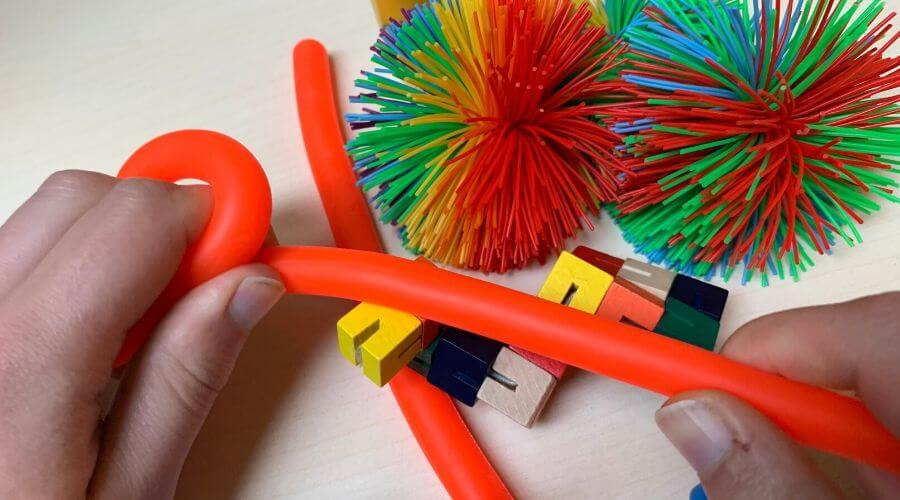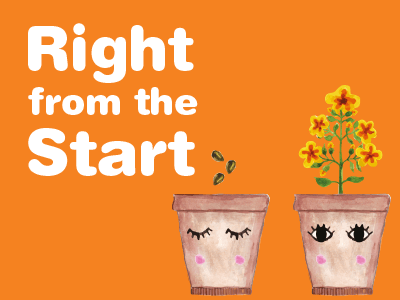Repetitive behaviours and stimming

Repetitive behaviours can be a major part of life for many autistic children and young people. They can be an essential way of regulating emotion and providing someone with a source of comfort or enjoyment that enables them to carry on with their day.
Watch Ambitious about Autism’s Youth Patron explain what stimming is.
Stimming
The common name for repetitive behaviours in autistic people is stimming, short for 'self-stimulatory behaviour'. Some stims are barely noticeable and some are very visible. They vary in frequency and appearance depending on the person. Stimming helps autistic people regulate their emotions and process their sensory environment.
Stimming is often an autistic person's way of managing a situation and reducing stress and so it shouldn't be stopped or reduced. However, stimming can sometimes be self-injurious, for example, head-banging or scratching.
Some forms of stimming have different names, for example:
- Echolalia - this is repetition of another person's spoken words or repeating of the same word over and over. It can help someone to process the information they have been given.
Other types of repetitive behaviours are often linked to the senses, for example:
- Visual - staring at lights; doing things to make the vision flicker such as repetitive blinking or shaking fingers in front of the eyes; staring at spinning objects.
- Auditory - listening to the same song or noise on repeat or making vocal sounds, tapping ears and snapping fingers.
- Tactile - rubbing the skin with hands or with another object or scratching.
- Taste/smell - sniffing objects or people; licking or chewing on things, often things that aren’t edible.
- Proprioception - this means the body’s ability to feel where it is and what it’s doing. This could present in behaviour such as rocking, swinging, jumping, pacing, running, tiptoeing or spinning – all of which give the body’s sense of balance and position a boost. Some autistic children enjoy the sensation of pressure.
Routines
Consistency and routine are really important for many autistic children and young people. The world can be a very unpredictable place and this can be very frightening and create a lot of anxiety. Therefore, knowing what is going to happen and when it may happen can help young people to manage this anxiety.
Lots of autistic children and young people have set routines for the activities they do and everything may have to be in the right order. For example, routines around the food they eat or how they travel to school.
Keeping to a routine is not a bad thing - in fact a great strength of many autistic people is their punctuality, reliability and focus. Routines can also offer autistic people a sense of comfort when they are in distress.
However, as we all know, in life unexpected things do happen and difficulty coping with these changes can have much more of a negative impact on autistic people - leading to stress, anxiety and even illness.
Support strategies
There are strategies that can reduce distress and increase resilience to change. These include:
- Visual prompts - using pictures to help children and young people anticipate what is going to happen. For example pictures of new places, visual timetables or social stories.
- Physical prompts - for example, going to visit a new location - such as a doctor's surgery - before an event so children are physically familiar with the environment.
- Make back-up plans - sometimes things change unexpectedly- in which case having a back up plan is really important. For example, pre-planning alternative travel routes, or bringing activities such as games or books to occupy children during any unexpected, unstructured time.
Related information
Discover more information related to this topic area.





